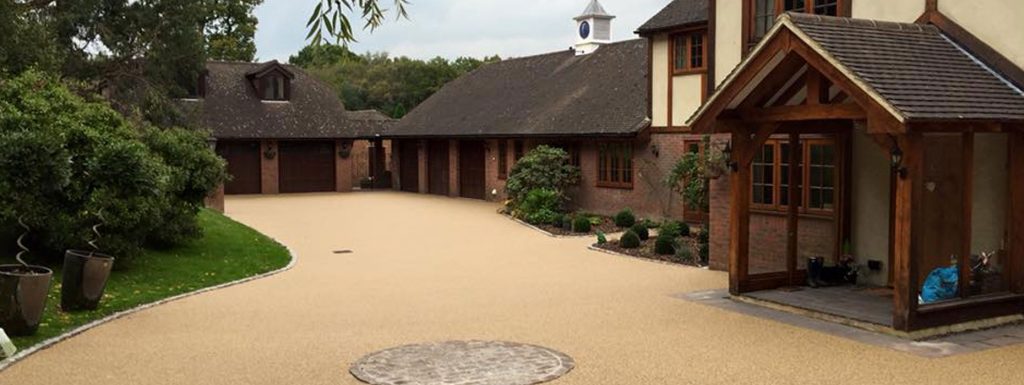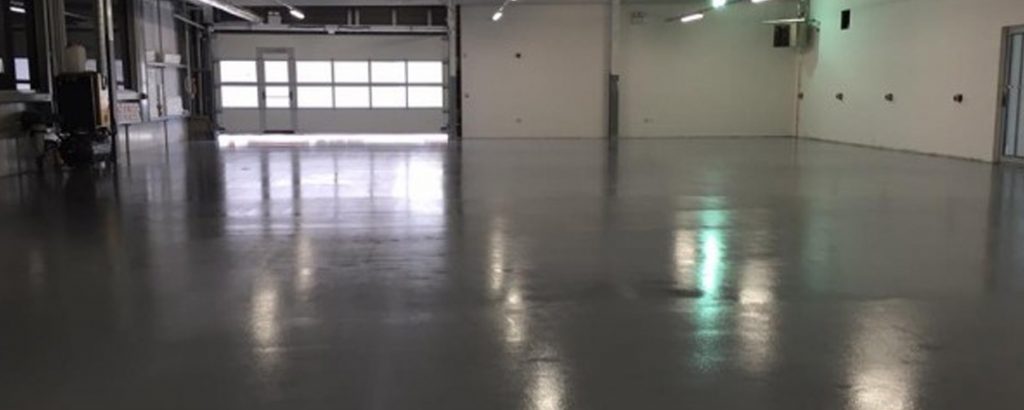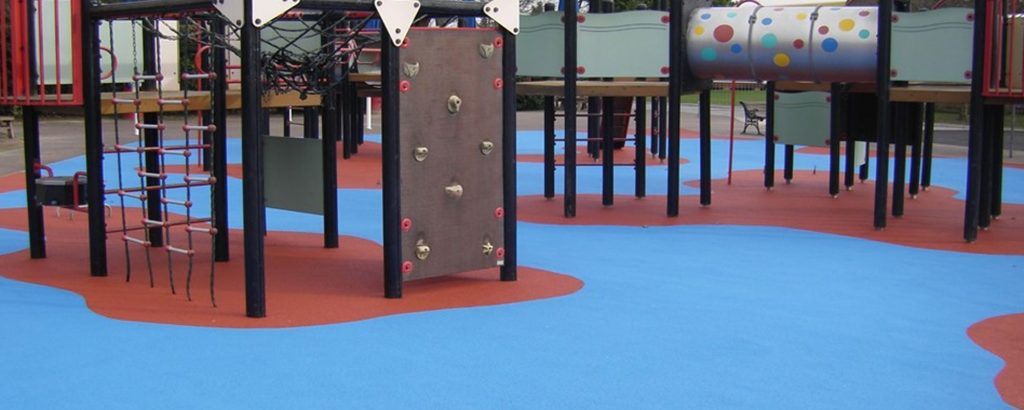Epoxy floors are brilliant multi-purpose surfaces that serve a range of both residential and commercial areas. It’s tough and hardwearing, but it still requires maintenance to be kept in top condition to handle the rigours of everyday usage.
Cleaning your epoxy flooring requires appropriate techniques and considerations, but once you know how to do it, it’s simple. To give you a helping hand, the experts here at Flexflooring have provided you with the following step-by-step guide on how to clean epoxy floors.
1) Prep the floor
Before you get to work on cleaning your epoxy surface you’ll need to make the necessary preparations. This requires removing any dirt, debris or any stray particles that can scratch the floor. Although epoxy flooring is waterproof, it can be susceptible to scratching which can make the surface porous. Cleaning the floor without sweeping the debris away can result in some unwanted damage. It’s recommended you regularly sweep your epoxy surface with a broom to maximise cleanliness, which may also require moving furniture around to access all areas of the floor.
2) Prepare the cleaning solution
To properly clean the epoxy coating, you’ll need to make up a solution. We suggest you add 1 gallon of water and about 1/3 of a cup of washing up liquid to a bucket, and mix together. You can buy more industrial cleaning agents, but washing up liquid or any disinfectant soap should do the job just fine.
Products you may like: Powerclean Gel – 1 x 5 Litre Container.
3) Get mopping
Once you’ve got your mix, take a mop and soak it in the solution. It’s recommended you use a mop that is made from synthetic fibres such as rayon as natural fibre mops can sometime leave bits of the mop behind i.e. causing additional debris. Ensure you cover the entire floor when mopping, you may want to go over it twice just to be sure.
4) Get scrubbing
This step is optional, but if you want to guarantee a thorough clean, it’s recommended you also scrub the floor after mopping. This will help to eliminate any stains, rust or any dirt that may be left behind, in addition to general problem spots that may require further cleaning. A simple scrubbing brush will do the trick here, but it’s important you use one with soft bristles to avoid the risk of scratching.
5) Rinse & finish
Once your floor is clean, you’ll need to remove the excess water and cleaning agent. It’s particularly important that you leave no soap behind as this can leave blotches. Rinsing thoroughly will assure this. It’s equally essential that you dry the wet floor, as leaving the epoxy surface wet can cause mould, mildew and damp stains. Using a foam squeegee would be the most effective drying method; simply soak up the excess water and dispose of it in a bucket. You should allow the surface to dry for around 10-12 hours, and then you should be left with a pristine looking floor!
If you’re after a high-quality epoxy floor, we suggest you browse our range of epoxy flooring products made for industrial use.
Related Reading:





